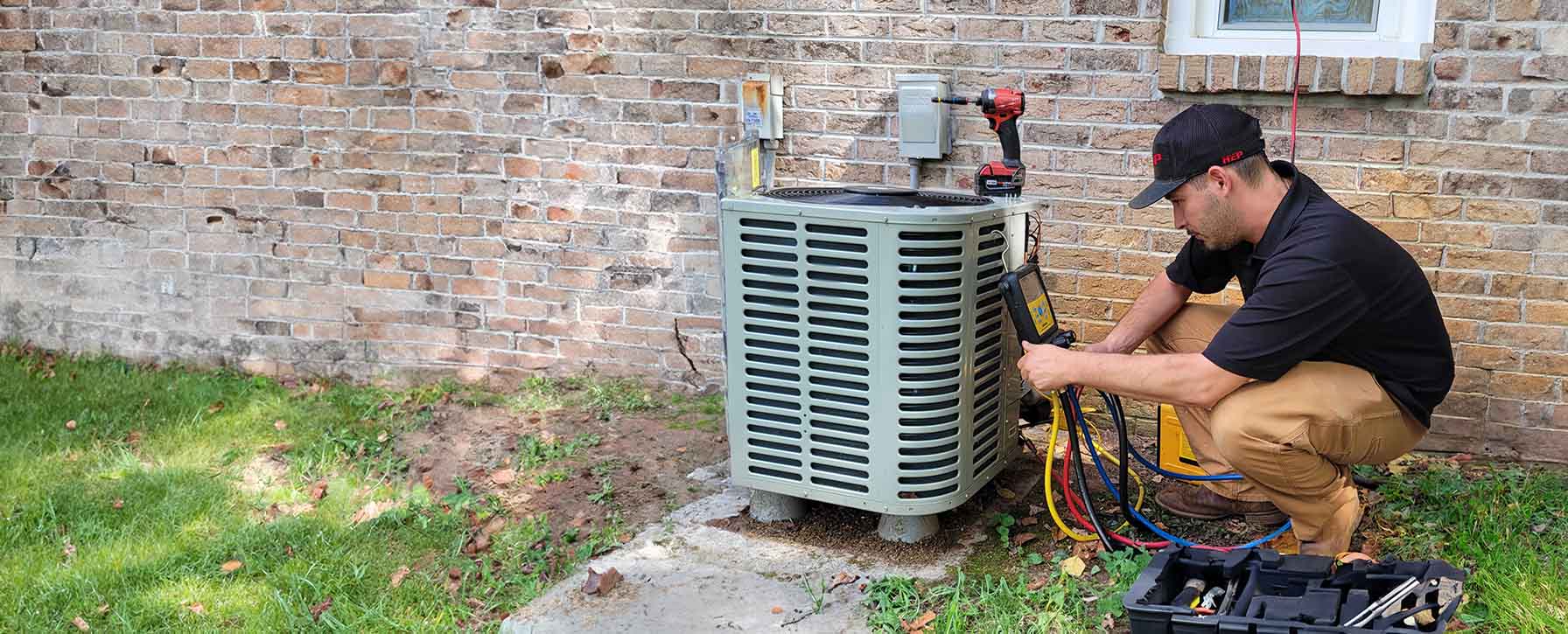

Ventilation Systems
Your trusted partner for professional home services. Quality workmanship, guaranteed satisfaction.




- HEP
- Ventilation Systems
Ventilation Systems | Ventilation and Air Quality | Heating and Air Conditioning | Altamont
Breathe easier in Altamont with HEP’s expert ventilation systems, heating, and air conditioning services. From historic homes lining Main Street to modern office complexes overlooking the valley, we tailor solutions that move fresh, clean air exactly where you need it most. Our technicians analyze airflow patterns, humidity levels, and contaminant sources to design systems that quietly remove stale indoor air while delivering energy-efficient comfort all year long.
Because every cubic foot of indoor air matters, we install high-performance filters, balanced ductwork, and smart controls that learn your daily routines. The result is noticeably better ventilation and air quality that supports healthy living, sharper thinking, and a fresher indoor environment—whether you’re hosting friends, focusing on work, or winding down after a hike. Ready to upgrade the air you share? Call HEP today and feel the difference with every breath.
FAQs
Why is proper ventilation so important for homes and businesses in Altamont?
Altamont’s seasonal temperature swings mean buildings are often closed up for long periods while the HVAC system runs. Without a balanced supply of fresh air, moisture, odors, allergens, and combustion by-products accumulate, leading to discomfort, mold growth, and health issues. A dedicated ventilation system exhausts stale indoor air and introduces conditioned outdoor air, helping control humidity, dilute contaminants, and keep your heating and cooling equipment operating efficiently.
How do energy-recovery ventilators (ERVs and HRVs) work, and are they a good fit for Altamont’s climate?
Energy-recovery ventilators use a heat-exchange core and small fans to transfer heat (and, in the case of ERVs, moisture) between outgoing stale air and incoming fresh air. In winter, the outgoing warm air pre-heats the incoming cold air, reducing furnace load. In summer, the cooler outgoing air helps temper the hot, humid outdoor air before it reaches your A/C coil. Altamont’s wide temperature range makes an HRV or ERV ideal—it supplies continuous fresh air while minimizing the energy penalty traditionally associated with ventilation.
What indoor air pollutants should I be concerned about, and how can your systems address them?
Common Altamont IAQ concerns include fine dust from nearby agricultural activity, wildfire smoke, pet dander, pollen, volatile organic compounds (VOCs) from cleaning products, and carbon monoxide from gas appliances. Our ventilation packages pair MERV 13–16 filtration with optional activated-carbon modules to capture particulates and neutralize odors and VOCs. We also offer UV-C germicidal lamps that inactivate mold spores and airborne pathogens as they pass through the HVAC plenum.
How often should I replace filters and schedule duct or heat-recovery core cleaning?
For standard pleated filters (MERV 8-11), inspect monthly and replace every 60–90 days. High-efficiency filters (MERV 13+) may last 3–6 months, but check more frequently during wildfire season. ERV/HRV cores should be vacuumed twice a year and deep-cleaned annually. We recommend a professional duct inspection every 3–5 years to remove accumulated debris and verify the system is balanced. Regular maintenance preserves efficiency, indoor air quality, and manufacturer warranties.
Will upgrading my ventilation system lower energy bills or qualify for incentives?
Yes. Balanced ventilation with heat recovery can reduce heating and cooling costs by 10–25 % compared to exhaust-only strategies. Properly filtered fresh air also keeps coils and heat exchangers cleaner, improving HVAC performance. Because ERVs and HRVs meet ENERGY STAR® criteria, local utility companies serving Altamont often offer rebates or low-interest financing. We handle the paperwork and provide projected savings so you can see the payback period up front.
What should I expect during a professional ventilation system installation or inspection?
Our technicians begin with an on-site assessment that includes blower-door testing and airflow measurements to size the equipment correctly. During installation we run dedicated low-resistance ductwork, seal all joints, and commission the unit to ensure supply and exhaust airflows are balanced. For inspections, we test carbon monoxide levels, measure static pressure, verify filter fitment, and review control settings with you. Most installations are completed in one day, and we leave you with a written maintenance plan and 24/7 support contact information.